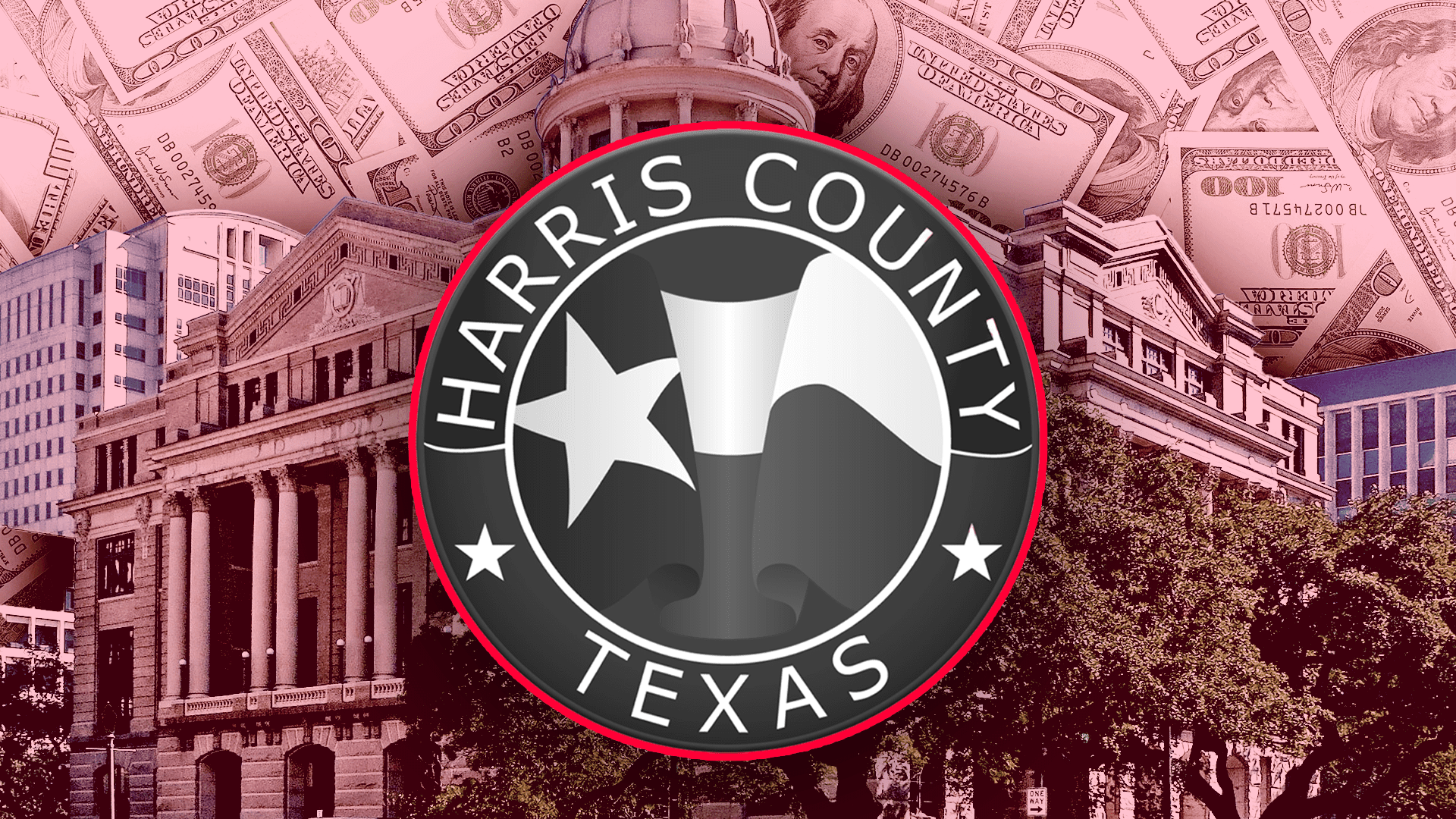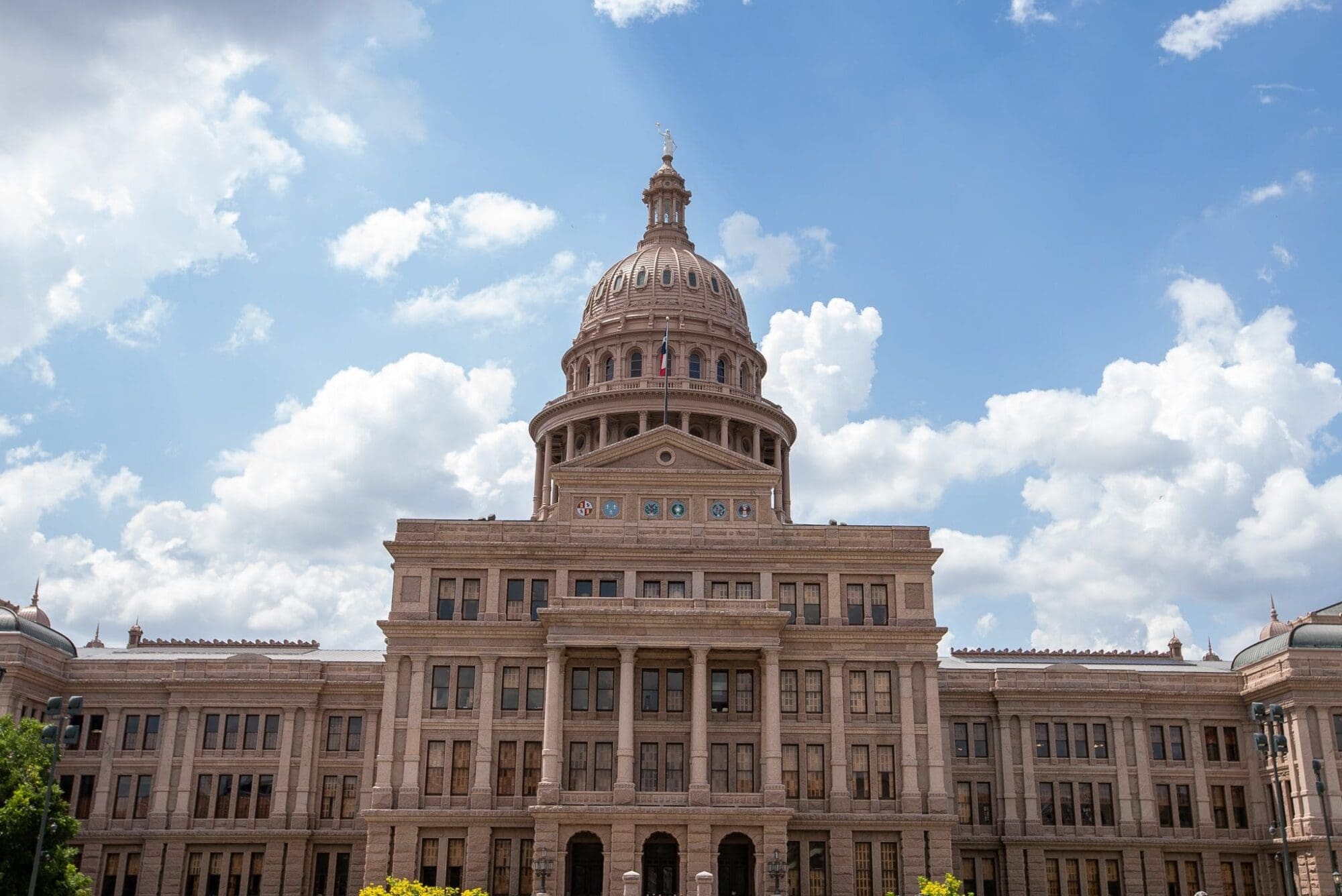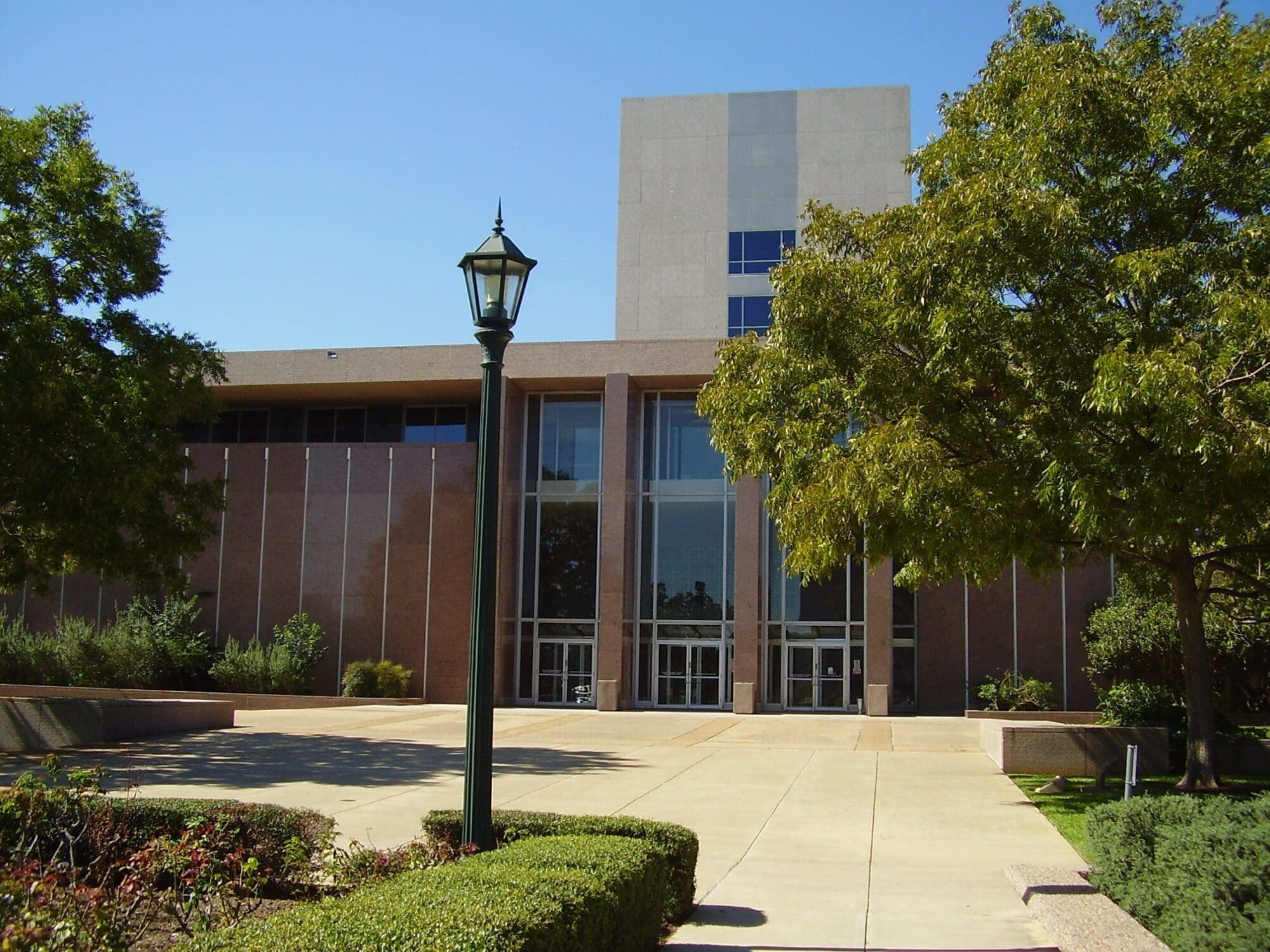Texas Comptroller Glenn Hegar has released his office’s 2026-2027 Biennial Revenue Estimate.
According to Lt. Gov. Dan Patrick, economist Vance Ginn, and Texas Policy Research President Jeramy D. Kitchen, the report includes $23.76 billion in surplus funding that lawmakers could return to Texans through property tax relief.
Patrick issued a statement assuring that this session’s focus will be on cutting property taxes and increasing teacher salaries, along with “smart, one-time investments.”
“This session, I will continue to chart a conservative course forward so Texas is ready to deal with any challenges from a position of strength,” stated Patrick. “My goal is to make sure Texas is the best state to live, work, raise a family, and start a business.”
Ginn wrote in a September 2024 article for Texans for Fiscal Responsibility that the 89th Legislature “must practice better budget restraint to reduce the growing spending burden, sustain past property tax relief efforts, and provide more tax relief.”
Following publication of the BRE, Ginn stated on X that his biggest takeaway was that the Legislature should pursue budget cuts where possible, and that the surplus should be returned to taxpayers.
Ginn also pointed out that the report shows that the economic stabilization fund—a “rainy day fund” created in 1988 to save revenue from economic booms for economic downturns—is expected to exceed the constitutional cap.
“Oil and gas producers are paying severance taxes to contribute to that fund, which makes them less competitive with the green energy agenda,” explained Ginn. “Therefore, I recommend the Legislature cut severance taxes and reduce the constitutional cap to at least 7% per biennium.”
Kitchen echoed Ginn’s sentiment on X. He suggested the budget surplus should be solely used “for the purpose of property tax relief and a path to the elimination of such an immoral tax.”
“Government is NOT and should never be treated as a ‘For-Profit’ entity,” argued Kitchen. “Return that taxpayer money to Texas taxpayers.”
While the BRE shows a more than $2.1 billion decrease in general-purpose spending from the 2024-2025 biennium, Hegar stated during a press conference and subsequent news release that the decrease is primarily due to a smaller beginning balance this upcoming biennium.
The beginning balance—also known as the surplus—accounts for a minority of general-purpose spending. The majority, estimated to be $176.4 billion in 2026-2027, is attributed to general revenue-related funds. These funds consist of collections from sales taxes and other sources, like energy taxes.
Originating from revenue left unused by the Legislature, the beginning balance is estimated at $23.76 billion for 2026-2027. This serves as a $15.6 billion decrease from $39.43 billion in 2024-2025.
Hegar assured that Texas was still “in good financial shape” despite the anticipated drop in its beginning balance, which comes off record-breaking revenue growth over the last biennium.
“Thoughtful consideration of spending decisions, as always, will be crucial to ensure new and existing investments can be funded in the future — and that these investments focus on improving the lives of Texans,” stated Hegar.
“Despite positive economic numbers, many of our residents continue to feel the higher cost of groceries, housing and other necessities. And the lingering impacts of persistently rising prices mean many are struggling to ensure a bright future for their children,” he added.
The Biennial Revenue Estimate calculates the state’s anticipated revenue over a two-year period. It is a key starting point for the state budget and limits the Legislature’s general-purpose spending.
Article III Section 49a of the Texas Constitution explicitly stipulates when and how the comptroller of public accounts should submit the BRE and provides only emergency exceptions if lawmakers are to exceed it.
Sales tax revenue is projected to increase by nine percent from the previous biennium to $94.2 billion over the next two years. In total, revenue from all tax collections is expected to increase from $143.36 billion in 2024-2025 to $155.42 billion this upcoming biennium.
State revenue from all sources and for all purposes is expected to hit $362.2 billion for the 2026-27 biennium, which includes money not available for general-purpose spending by the Legislature.
The projected ending balance notably does not anticipate general revenue-related funds that may be authorized by a supplemental appropriations bill, which would reduce the ending balance.
It also does not incorporate the potential impacts of unexpected events, such as the wars in Ukraine or Israel, that could affect economic performance and revenue collections.
No ads. No paywalls. No government grants. No corporate masters.
Just real news for real Texans.
Support Texas Scorecard to keep it that way!





